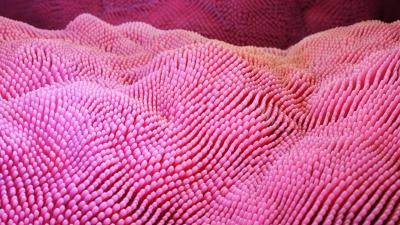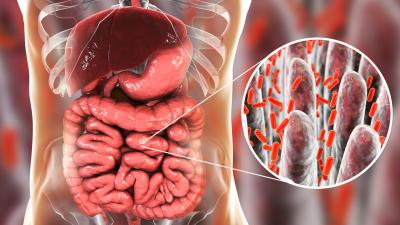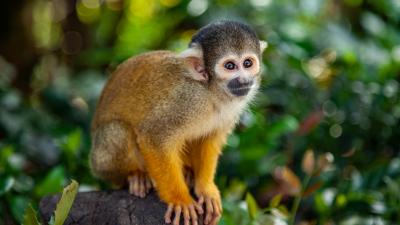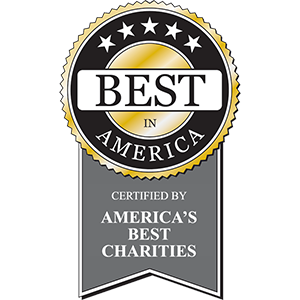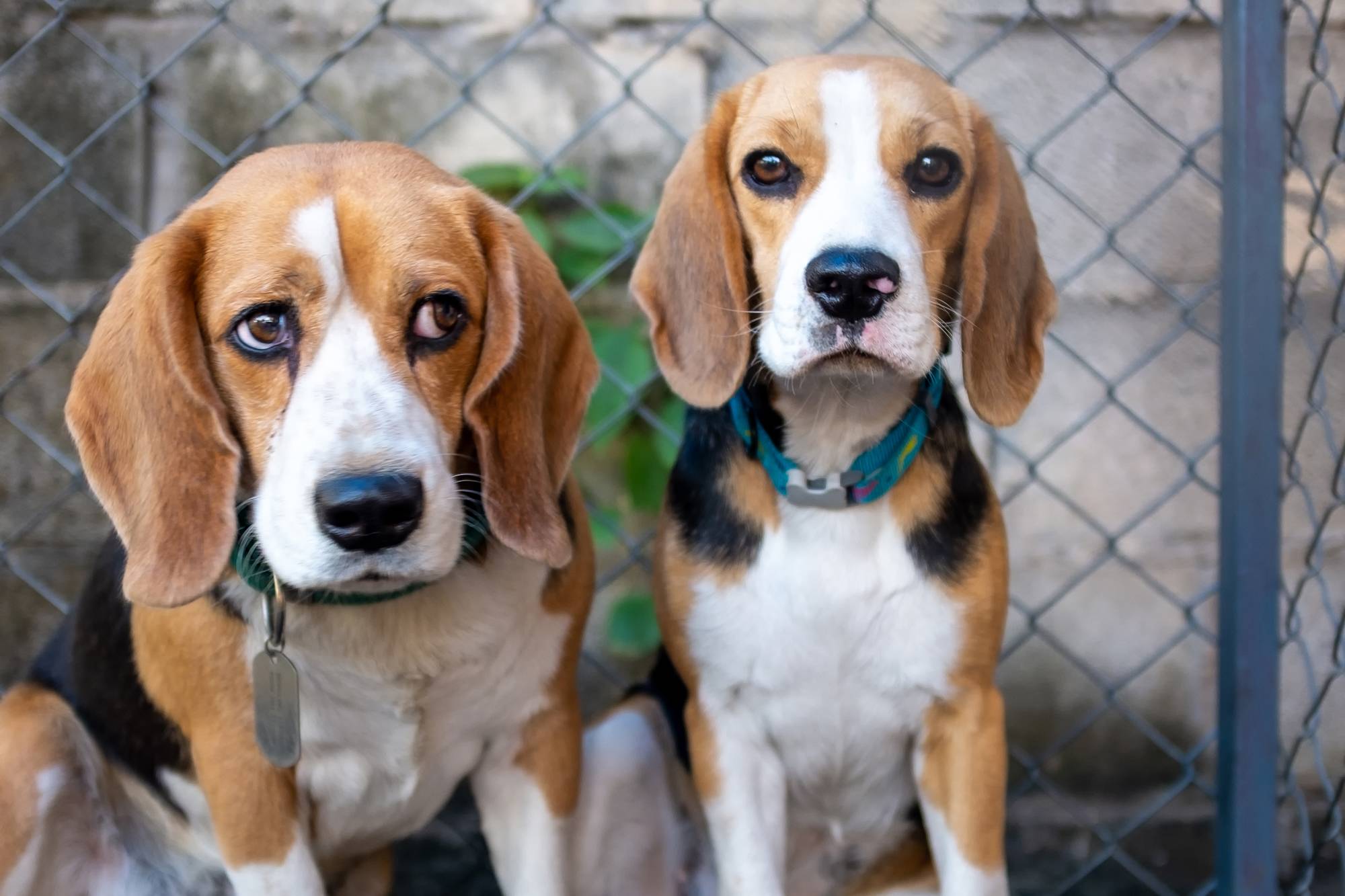From the Forest to the Lab: The Life Cycle of a Macaque Used in Medical Research
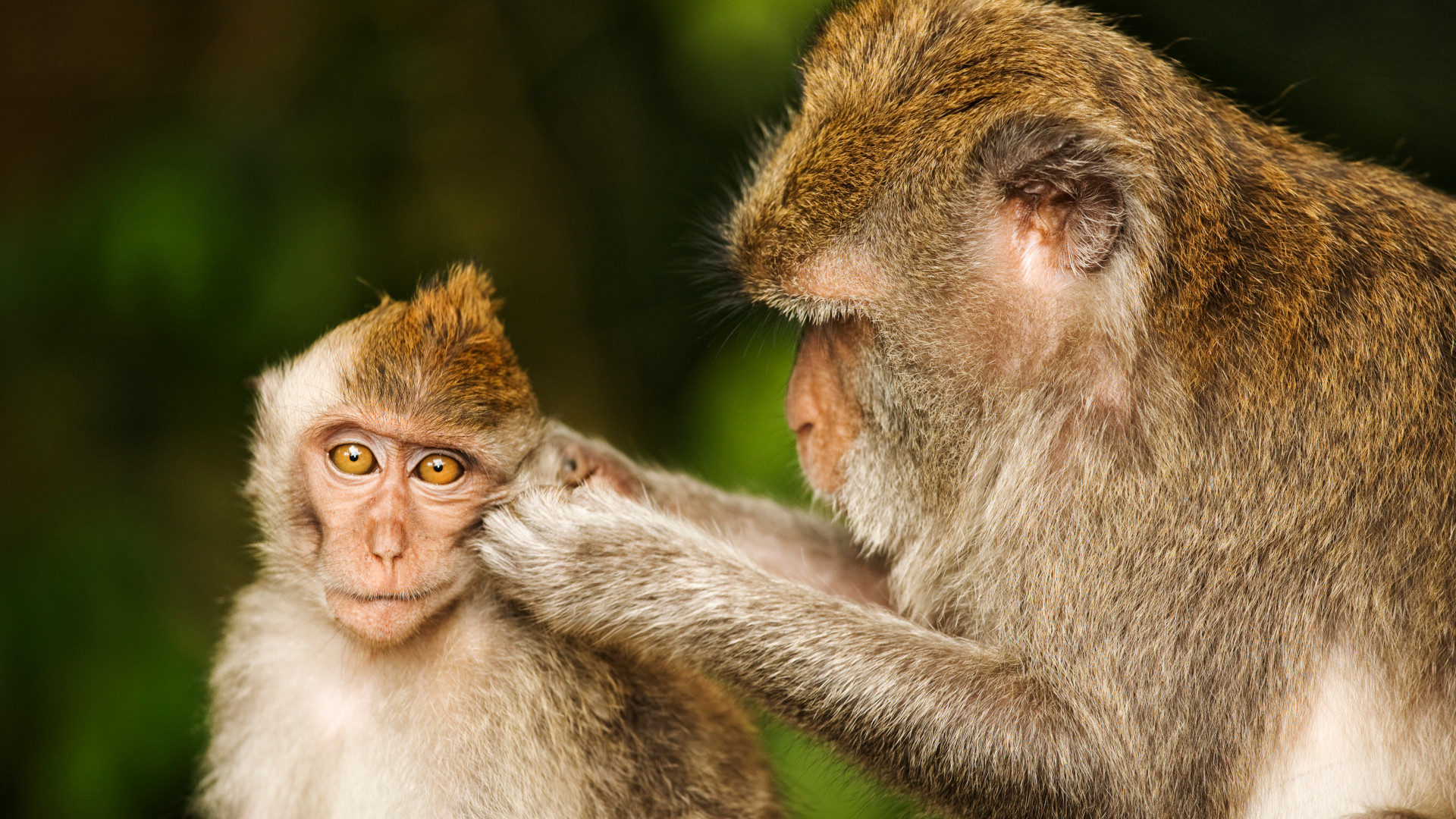
Imagine this: Born in a forest in Cambodia, a tiny macaque clings to her mother, surrounded by her grandmother and sisters. In their natural habitat, related female monkeys remain together for safety and support. The small macaque has no name and no number, only the warmth of her family and the familiarity of her home. Playing, foraging for food, having fun, and swimming, are favorite pastimes. One morning, screams and gunshots scattered her group. Torn from her mother’s arms, the monkey is thrown inside a tiny crate, stacked with others just like her—frightened and calling out for her family.
Her captors send her to a government-approved facility, one of many in Southeast Asia that claim to breed monkeys for export. Many of these facilities launder wild-caught animals, labeling them as "captive-bred" to bypass international restrictions. In the past, the macaque trade for research involved primates who were captured in the wild and exported globally, resulting in drastic population decline, especially for rhesus macaques. Today, countries have restrictions surrounding exportation of wild-caught monkeys. Since the early 1980s, researchers have increasingly turned to captive breeding facilities for macaques, citing concerns about conservation, public health, and scientific reasons. Biomedical laboratories, for example, seek pathogen-free individuals that are in good health, and therefore do not want wild-caught monkeys. But each animal is worth about $20,000 to $24,000, an enormous incentive for traffickers to catch primates in the wild and launder them in through established breeding facilities that have exploded throughout countries like China, Lao PDR, Mauritius, Vietnam, Indonesia, and Cambodia.
Within these breeding facilities, macaques are imprisoned by the thousands in vast industrial complexes. The cages are typically made up of barren concrete and wire, lacking any enrichment that is fundamental for the physical and psychological health of nonhuman primates. Therein, their suffering begins long before the first experiment. The tiny macaque from Cambodia was confined to such a concrete breeding farm, where she grew up in a small enclosure, deprived of natural light and familial bonds.
Perhaps she was kept here for the rest of her life as a breeding monkey, each of her infants taken from her and shipped to biomedical labs. Companies do “processing” where each monkey is tattooed on their faces and chests, given a physical exam, and either returned to their group or pulled out for a shipment to another facility. Her young infant, who, just the day before, bonded with her, is thrown in a small cage and prepped for shipping. The mother wakes up looking for her, crying out, and from a building across the property she hears the cries of her young infant returning her call. Or maybe, once she was old enough, the wild-caught primate was packed into another crate, shipped thousands of miles across oceans and borders to the U.S., the largest importer of macaques.
Monkeys who enter the U.S. laboratory supply chain are either born at a U.S.-based breeding center, or they are wild-caught or bred in overseas breeding facilities. Between 15,000 and 35,000 primates are imported annually into the U.S. each year and approximately 105,000 primates are used or held for research and testing. In their forced and long journeys west, the monkeys face inhumane and dangerous conditions. In November 2021, an unknown number of monkeys from Cambodia destined for Envigo, a contract research laboratory, all died in the cargo hold of the plane they had been on for over 24 hours, after enduring hours in cramped crates on the way to the airport. Transport of these animals may occur within the U.S., as well. Indeed, many of the monkeys raised in these facilities will be relocated to numerous federal and privately funded laboratories, disrupting their critical social bonds, and causing further physical and psychological stress. In 2018, the Oregon National Primate Research Center sent 29 rhesus macaques to a research facility in New Jersey to be used in laboratory experiments. Confined inside small crates in a poorly lit trailer for two days, once the primates finally reached New Jersey, one monkey had collapsed and was unresponsive. The monkey, number 34597, died of dehydration.
Once the small primate from the forests of Cambodia finally lands at an airport, processed like cargo, she is delivered to a U.S. quarantine facility, a waystation before her final assignment. These facilities often receive thousands of monkeys annually. Veterinary records and whistleblower reports have exposed unspeakable conditions—injuries, deaths, disease, and trauma.
Eventually, she is sold to a research lab. Her life is reduced to protocols, sterile surroundings, and scientific objectives. She might be force-fed toxic substances that make her sick, forced to drink alcohol, subjected to invasive brain experiments, impregnated to have her fetuses aborted, or impregnated and then her infants later killed to observe diet and behavior patterns. It is likely that she lives in isolation. In the wild, macaques are a highly social species, and males and females live together in troops of 10 to 200 individuals.
Researchers who use primates to study human health will justify their use of animals because of their close resemblance to humans. However, because of important species differences using nonhuman primates to predict human biological response has a failure rate that ranges between 75-89%. Like humans, though, macaques engage in complex behavioral and psychological processes, such that social isolation instigates severe physiological and psychological harm. It frequently leads to the development of abnormal and self-injurious behavior patterns, including hair-plucking, hair-pulling, biting, finger-sucking, eye-poking, self-clasping, and other forms of self-mutilation that can cause significant injury and morbidity. In the wild, female macaques stay with their families, and males venture out along with other young male monkeys to find another troop that will accept them—a strategy that serves to ensure genetic diversity. In the artificial laboratory setting, macaques’ natural behaviors are abruptly halted, leading to emotional and physiological distress, and sometimes severe injuries from other monkeys.
For example, veterinary records from a Texas breeding facility revealed repeated injuries in one of their primates, who was missing the tip of her tongue and the first digits of two of her fingers, both ear flaps torn and lacerated, wounds and scars covering her body, and a fracture in her right hand. Without her family members to protect and support her as would be the case in the wild, frequent fighting and victimization is common. If a lab cannot find a suitable cage mate for monkeys like this one, they will live out the rest of their lives in a cage alone. Males are also selected to expand a facility’s breeding program or be used in fertility research, as with the Oregon National Primate Research Center, where researchers collect semen from primates through forced electroejaculation devices.
If the macaque survived the experiments, she would not be retired or returned to anything like a natural life. More likely, she would eventually be killed, but even if she made it to a sanctuary, an unlikely occurrence, the degree of psychological trauma is severe and the road to recovery long.
This is not a rare story.
Each year, tens of thousands of monkeys are taken—by force, deceit, or breeding—from countries across Southeast Asia. They are traded under a veil of legality that often conceals laundering and cruelty. Even under legal circumstances, once in the U.S., they become the raw material for biomedical research or sent to crowded breeding facilities where pain, neglect, and psychological torment are routine.
This week marks International Macaque Week. Exactly how many species of macaques exist is a matter of debate, but the number falls somewhere between 22 and 24. Rhesus macaques account for over half of all macaque species used in research, often used in infectious disease research, obesity and nutrition experiments, and neuropsychological research. Cynomolgus macaques are commonly used in industry labs that test drugs and were classified as an endangered species in 2022 by the International Union for Conservation of Nature in large part due to the demand from the biomedical industry and the illegal trade it sparked.
The Physicians Committee for Responsible Medicine works relentlessly to end experimentation on nonhuman primates. In the U.S., there are currently seven National Primate Research Centers, located in Washington, Oregon, California, Texas, Louisiana, Wisconsin, and Georgia. Using taxpayer money, these centers were created in the 1960s to keep a ready supply of primates for biomedical experiments.
When animal research is contested, the subject often centers on the suffering animals endure inside the lab. And rightfully so: The animals are torn from their social groups and bonded companions to suffer solitary confinement in a steel cage, subjected to surgeries, drug injections, starvation, illness, dehydration, and relentless psychological torment, one experiment after another. They are used until they are deemed no longer useful, while humane and more clinically relevant nonanimal methods are often available. But the story of these intelligent animals begins long before the lab. It begins with violence and ends in silence—a tragic cycle from capture to captivity, with inhumanity at every turn.
As we welcome the recent changes in the U.S. Food and Drug Administration and the National Institutes of Health to phase out animal testing and prioritize human-based research, we recognize a historic opportunity to redefine how biomedical research is conducted. Just as chimpanzees were retired from research in 2013, we hope that science will finally grant macaques their freedom as well.
